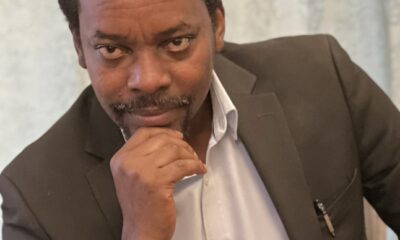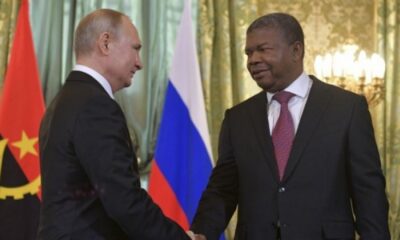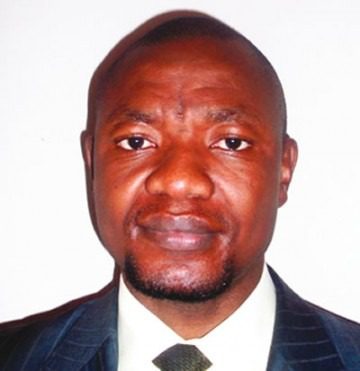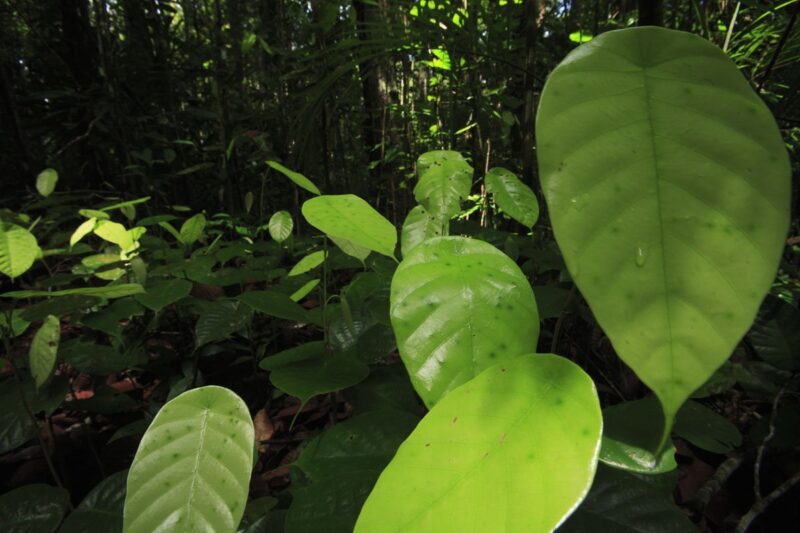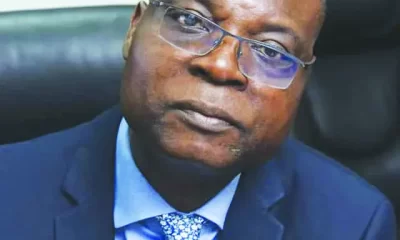Global Issues
UK’s Part Time Presidential Jet Vs. Nigeria’s ‘Airwaste’ Fleet -By Rufus Kayode Oteniya

Contrary to the thoughts of many, since July 5, 2016, the United Kingdom was no longer in the league of countries without a dedicated government private jet or ‘presidential jet’, as it is often called.
Despite being the first country to purchase such airplanes for its head of government in 1928, when the Royal Air Force (RAF) took delivery of two Westland Wapitis for the exclusive use of King George V and members of the royal family, the country has not had a presidential jet in recent years until taking delivery of this new ‘part-time jet.’
Did I say a part-time jet? Yes, it is indeed one. After convincing the Parliament that a presidential jet would save the government around £775,000 a year for at least the next 20 years in charter costs from commercial carriers, David Cameron, the immediate past prime minister (PM) was granted an approval to refit a RAF Voyager A330 air-to-air refuelling aircraft at a cost of about £10 million to serve as a ‘part-time’ presidential jet for only long-haul trips for the exclusive use of the PM, senior ministers and senior members of the Royal Family.
The plane’s primary use would remain as an aerial tanker with the military for refuelling and carrying out RAF duties and it would only be used by the government when necessary and available.
Devoid of all the luxuries that presidential fleets are known to possess, the government ordered to build the aircraft as cheaply as possible by choosing the cheapest possible seating options. It features 58 business seats for royals and government officials and 100 standard class seats for accompanying journalists.
Buying presidential jets has been in debates for a while. When Gordon Brown came to power, after considering the economic realities of the time, he cancelled the plans drawn up by his predecessor, Tony Blair, to buy two private jets emphasising that the government couldn’t afford them.
How couldn’t the UK – the world’s fifth richest country – afford one or two jets, and then when it finally settled for one, could only procure the part-time service of a military jet?
Different countries have their different priorities. Generally in the developed countries, most especially in conservative Europe, extra-luxury for leaders are classified as vanity and vanity projects and are hardly high on governments’ scales of preferences. Rather governments seek to provide comfort for the society, such that the leaders themselves can also enjoy.
With a Gross Domestic Product (GDP) currently standing at $3.04 trillion, the UK is not only rich enough to provide a free and comprehensive range of health services to its residents but also annually doles out about £12 billion in foreign aid to developing nations, many of which have large fleets of presidential jets. The government’s annual aid budget alone can conveniently buy about 30 Airbus A380-800s, which is the world’s most expensive commercial aircraft at about $400 million a unit. The UK also gives about £250 million (N100 billion @ £1 to N400) in annual aids to the Nigerian government and its institutions.
It is not a coincidence that great nations are the least participating in vanity project engagements or wasteful spendings, while poor countries invest so very much of their already scarce resources in such projects. While Norway – one the richest countries in the world in per capita terms, with close to $1 trillion of the profits from its oil invested in sovereign wealth funds – has no presidential jet, Zimbabwe’s President Robert Mugabe flies a $400 million Boeing 767, which is the third most expensive presidential jet in the world. Only Mexico’s Boeing 787-8 Dreamliner and the Saudi’s royal family’s Airbus A380 and Boeing 747 have higher price tags. With all its riches, the US president’s Air Force One, has only a price tag of $325 million.
Notwithstanding all its economic and infrastructural challenges and in contrast to the UK’s part-time presidential jet, Nigeria still has 9 presidential jets and helicopters in its fleet, despite President Muhammadu Buhari’s order in October 2016 to sell off two aircrafts – a Falcon 7x executive jet and a Hawker 4000.
According to Wikipedia, the Nigerian Air Force currently maintains a Boeing 737 Business Jet for the president. In addition, there is a Gulfstream V-SP, a Gulfstream 550, two Falcon 7Xs, a Do228-200, and three AW139 choppers. Two Falcon 900s, a GIV-SP, and G II were all recently sold, while Citation Bravo and Hawker 800 were returned to the Air Force.
While the UK government already has a plan in place to keep the use of it part-time jet for at least 20 years, the Nigerian government makes new purchases every few years.
It is worthy of note that while as recently as August 12, 2010, the Federal Executive Council led by the Late President Umaru Yar’Adua approved $155.3 million for the purchase of two Falcon 7x aircrafts (at $51 million each) and one Gulfstream G550 for $53.3 million to beef up the Presidential Air Fleet, the government of Goodluck Jonathan, Yar’Adua’s successor, in 2014 still budgeted yet N1.5 billion as deposit for the purchase of another new aircraft.
The wanton waste of public funds is not limited to the Federal government, as some states of the federation that are struggling to keep up with their budgetary obligations today, were also involved in these vanity projects just a few years ago..
In 2012, the Akwa Ibom State government led by Godswill Akpabio, who is now a serving senator bought a Gulfstream G450 Aircraft with a listed price of $37,691,800. And similarly, former Governor Danbaba Suntai of a poorer Taraba State bought a Bell 407 Helicopter in that year and would also in October of the same year crash in another aircraft that belonged to his state, a single-engined Cessna 208 Caravan. A year later in 2013, former governor of Rivers State, Rotimi Amaechi, now minister of Transport also bought one Bombardier Global Vision 5,000 with a listed price of $40 million and two Bell 412 Axis Helicopters, each of which costs around $6.7 million.
This wasteful spending will continue unabated until Nigerians show keen interest in the way they are governed and also demand probity and accountability from their leaders.
Rufus Kayode Oteniya writes from the UK. He can be reached at oteniyark@hotmail.com; Twitter: @oteniyark.

